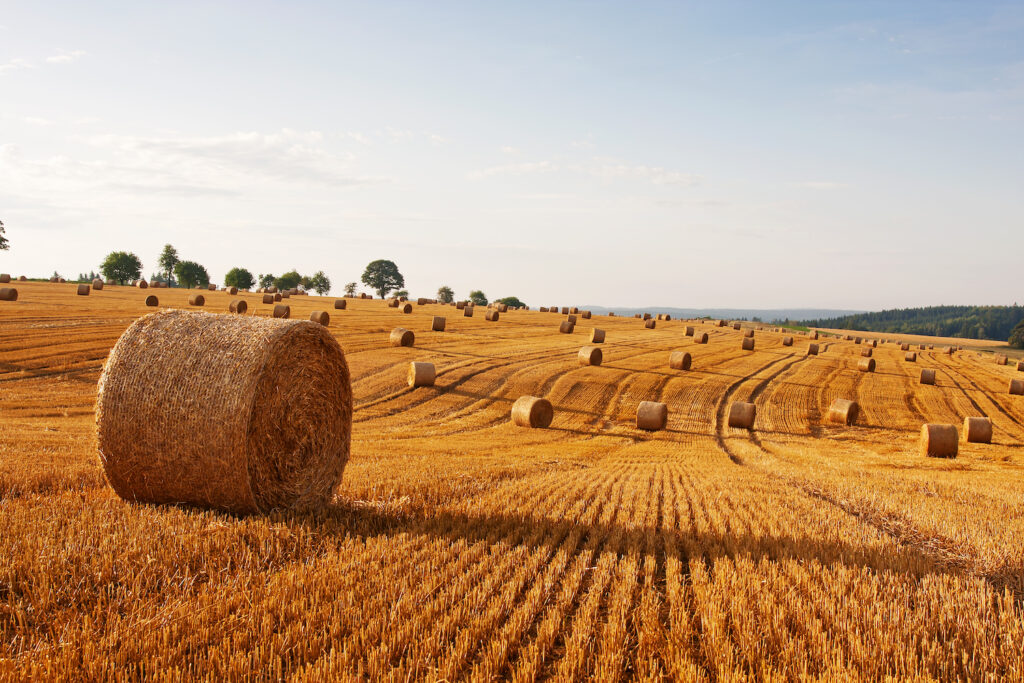Hay yields could drop by up to 50% due to climate change, analysis suggests
24th August 2022
Spring hay yields in southern England have already reduced by more than a third due to climate change, and further declines are forecast, according to a new analysis.
Findings suggest yields of animal fodder from grassland have fallen by around 35% in the last century, and spring hay yields are forecast to drop by a further 20-50% between 2020-2080.
Data were collected between 1902 and 2016 from the Park Grass long-term experiment at Rothamsted Research’s main site in Harpenden, Hertfordshire. The research, by Rothamsted and the University of Reading, has been published today in the Journal of the Royal Society Interface.
Professor Richard Ellis of the School of Agriculture, Policy and Development at the University of Reading added: “The 115 years of results from the Park Grass experiment allow us to analyse the consequences of the previous year’s weather on yield.
“There is a substantial legacy effect in this perennial crop: if the weather in one year is poor for hay yield, then yield in the following year is also reduced to some extent and vice versa. This is highly relevant to the resilience of farming businesses.”
He added: “Many livestock farmers in the region have already responded to change – the increase in the area of forage maize over the past half century being but one example – but future investments in milk production from grass are more likely to favour the wetter and cooler regions of the UK.”
Researchers used an innovative statistical modelling approach to analyse the data, taking into account unusual patterns of yield variability. The wide forecast range for loss in yield is primarily due to uncertainty over future global greenhouse gas emissions.
The model confirmed that yield was reduced due to warmer and drier autumns, winters and, within limits, springs in the 20th and 21st centuries. The optimum spring weather is colder and wetter than the conditions that we are generally seeing now and those we are expecting to see in the future.
The projections are specific to the Park Grass site, but the design of the long-term experiment means that a range of grassland systems are studied. Plots on the site range from those with high fertiliser inputs, plots with only additions of farmyard manure and some plots with no additional inputs. The relative effect of climate change on yield was remarkably similar across all these contrasting treatments.
Lead author and statistician at Rothamsted Dr John Addy said: “The precise response of spring hay yield to temperature and rainfall varied during the year but there is an optimum ‘Goldilocks’ spring rainfall and temperature associated with the maximum level of yield. Changes in autumn and winter temperature had more of an effect on yield than autumn and winter rainfall.”
Managed grassland (rough grazing and pasture) is the UK’s largest crop by area at over 12 million hectares; it underpins a livestock sector worth over £13 billion a year.

